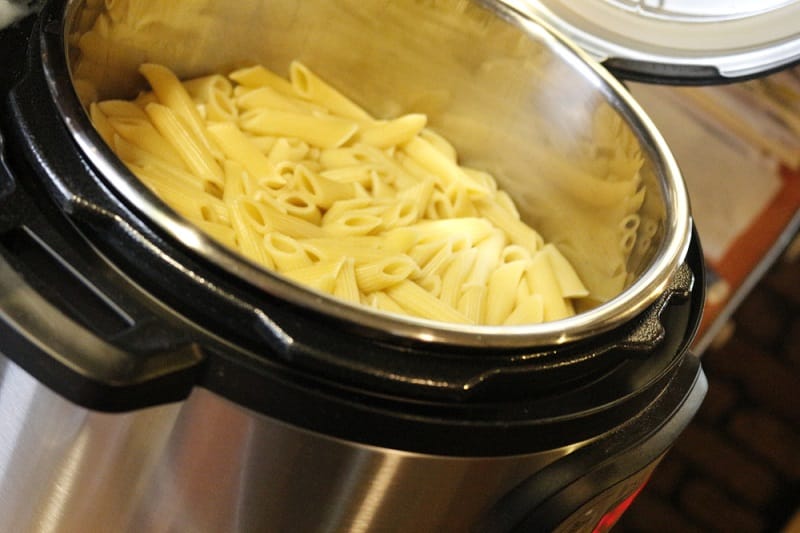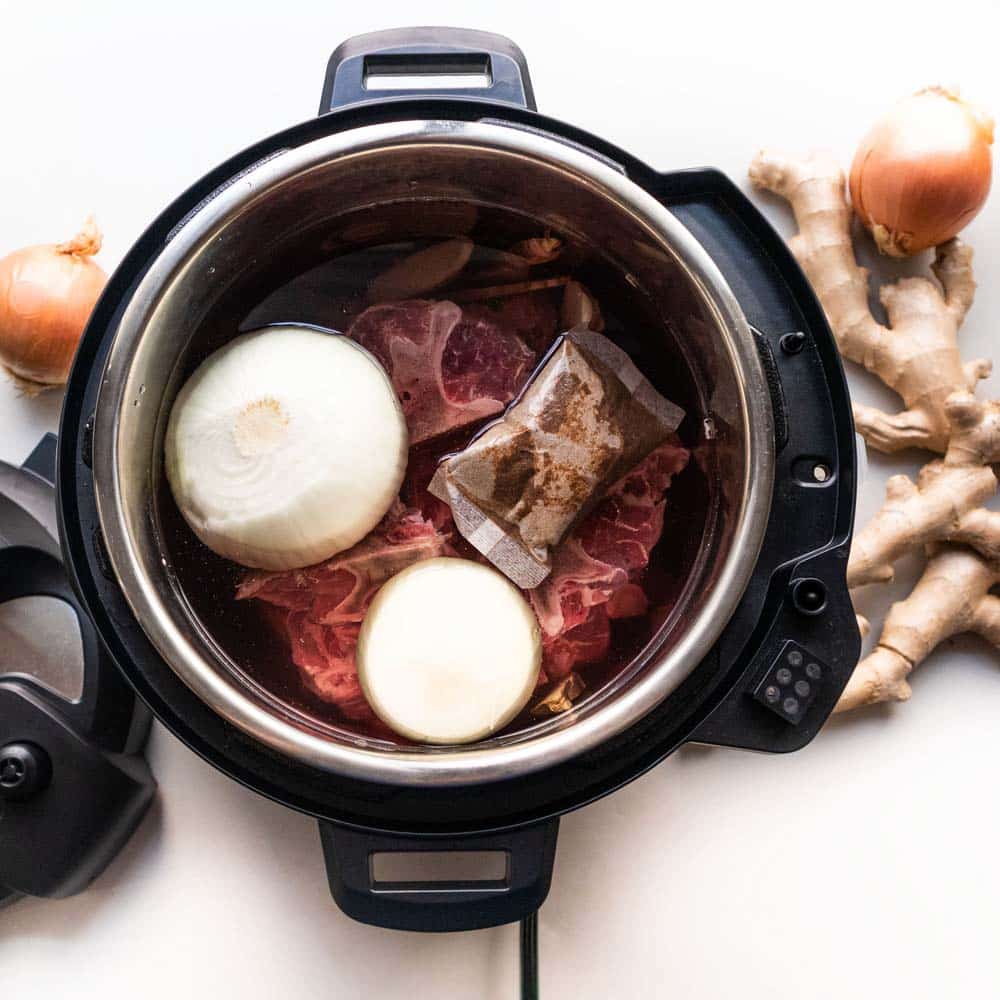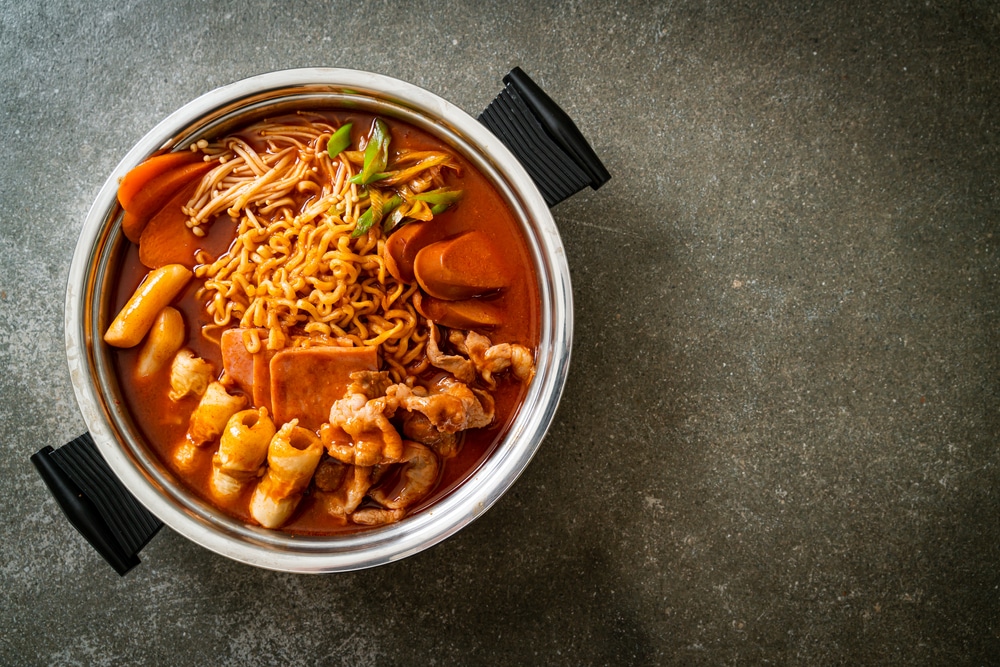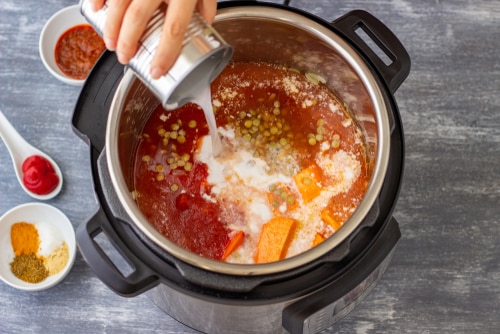
Due to their many advantages, many people now cook with an Instant Pot. Here are just a few:
- They use less electricity than conventional cooking methods
- Needs no extra fats or oils as the cooking process locks in plenty of moisture. This makes it healthier and cleaning up is easier
- There’s no need to thaw the food before cooking
- They’re pre-programmable so you can set it to start cooking while you’re still at work
- Food turns out tender, moist, and tasty
- You can cook cheaper cuts of meat, thereby saving money.
- Easy to clean
How Full Can You Fill An Instant Pot?
One of the most frequently asked questions by users is “How full can you fill an Instant Pot?” This article will answer the question in detail.
The answer depends if you are using the pressure cooking function or the slow cook function. Keep reading for the details.
Be safe
Although you technically can fill the pot a little more when using the slow-cook function, make it a rule never to fill your pot beyond the two-thirds level and less (halfway) for certain foods.
Dried foods
When cooking dried foods such as pasta or rice, remember that they expand a lot due to absorbing water when cooked. Some of them triple in size! Some of these are foamy foods that also bubble up during the cooking process.
So, you need to make allowance for that and ensure there’s enough space left for this expansion. If you are cooking any of the foods mentioned above, don’t fill your Instant Pot more than halfway. Use 2 ½ cups of water for every one cup of beans.
For rice, use a one-to-one ratio of rice to water (plus a teaspoon of salt). You may wish to use a little extra water for brown rice (one to one-and-a-half ratio). For pasta, use 2 cups of water for every 8 ounces of pasta.
Other foods
When you are cooking any other food such as soups, stews, or vegetables, don’t fill your Instant Pot with the ingredients, including liquid, beyond the two-third level. Remember, you can’t fill the pot to two-thirds full then still add liquid – this level includes liquid.
When cooking with an Instant Pot, adding water or some form of liquid is a must. The water will turn to steam and distribute heat evenly throughout the food. It will also create pressure and high heat to enable the pressure cook function to cook food faster.
If you add too little water, it may damage some of the components and the pot will not be able to make enough pressure to cook the food properly. The minimum amount of liquid is one cup. We repeat – never overfill an Instant Pot past two-thirds.
This could cause too much pressure to build up. The liquid plus food could also rise up and block the pot’s pressure valve. In this case, the pressure levels will no longer be modulated, allowing the pressure to increase dangerously.
Misleading marketing illustrations
It has come to our attention that some multi-cookers, including the Instant Pot, have pictures on their boxes or other marketing materials that show the inner bowl full to the top with food.
Also, in some infomercials, chefs lift a multicooker’s lid to show food coming up to the top rim of a cooker. Please note that these are merely marketing illustrations and are not filling guidelines or recommendations.
Misleading markings inside the inner pot
Another problem that we’ve encountered is that some multi-cookers that include pressure programs (including Instant Pots) have inner bowls with max/full markings on. This is the case on the Instant Pot models LUX, DUO, SMART, 5 qt, 6 qt, and 8 qt.
Some of these are meant for non-pressure programs only, like slow cooking, and are set too high up the side of the pot for pressure cooking. Certain models have this max/full marking 4/5 up the side.
Their levels are too high for pressure cooking, especially for ingredients that expand. Food will become trapped in the safety valves on the lid.
To conclude
When pressure cooking, never fill your Instant Pot beyond more than two-thirds of its capacity. If you’re cooking any food that expands such as rice or beans, fill the pot only halfway. This filling regulation is one of the pressure cooker’s safety features.
It ensures that food doesn’t bubble up and clog the lid’s valves. The lower level for beans and other foods that expand compensates for the fact that such foods multiply in size once cooked.
They also produce foam which could also clog up the pressure and safety valves on the lid. As long as you stick to the safety requirements, you’ll be safe and get a great deal of pleasure from cooking with your Instant Pot!


